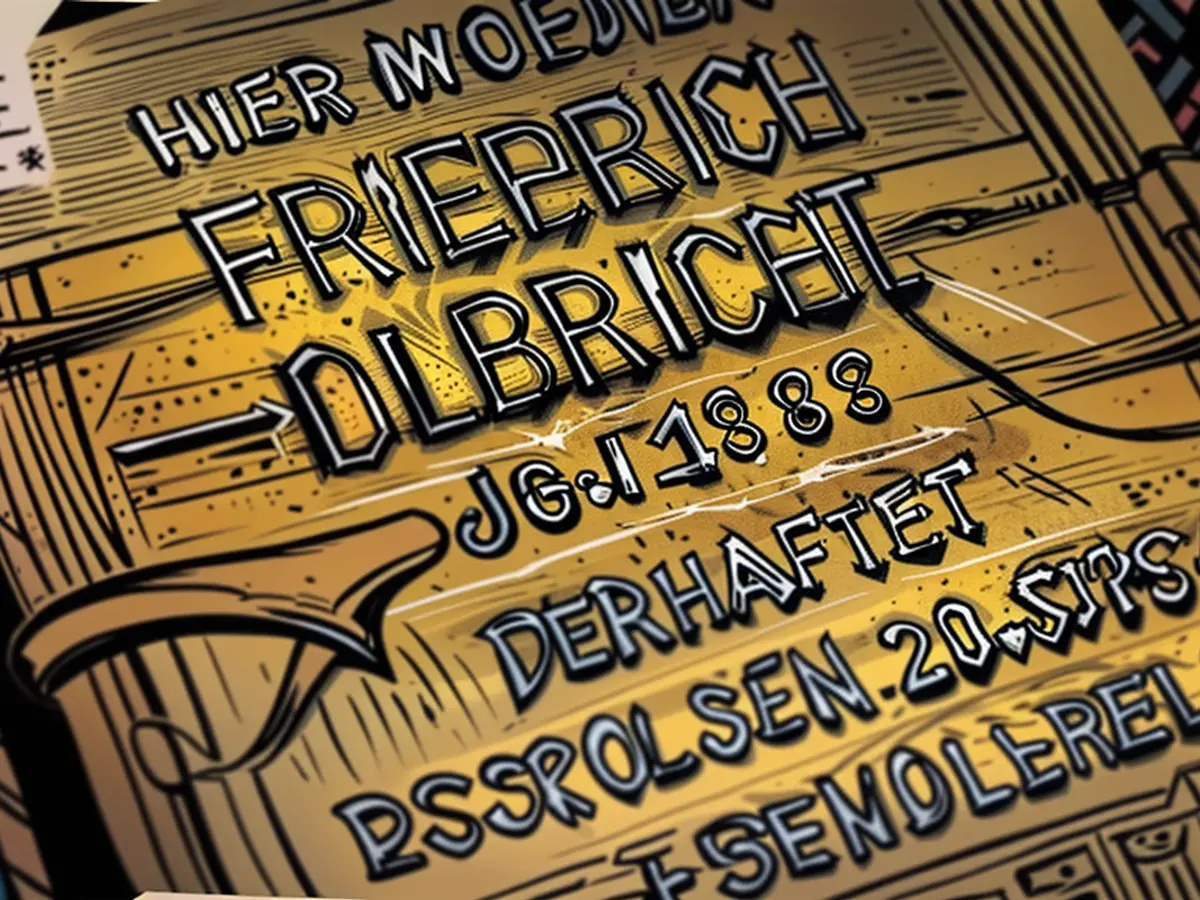History - Remember the resistance fighters of July 20, 1944
With a commemoration event at the Dresden Nordfriedhof, the Widerstand fighters of July 20, 1944, will be remembered on Saturday. On this day, Claus Schenk Graf von Stauffenberg attempted an attack on Adolf Hitler in the Fuhrerhauptquartier Wolfsschanze, which the dictator survived. Stauffenberg and others paid the price for their actions with their lives. The Nordfriedhof houses the graves or memorials of Generals Friedrich Olbricht and Hans Oster. Besides the Bundeswehr and the state of Sachsen, the city of Dresden has also invited guests to the event. Minister-president Michael Kretschmer (CDU) will give a speech.
"Eighty years later, it is essential to honor the diverse engagement of various resistance fighters who opposed the dictatorship of National Socialism," explained Dresden's cultural mayor Annekatrin Klepsch (Linke). Remembering the motives, actions, and personal courage of the resistance actors around July 20, 1944, is an essential contribution to this.
Warning against new authoritarian regimes
Dresden's Second Mayor Eva Jähnigen (Greens) pointed to current connections. "We must confront the dangers arising from authoritarian regimes once again and counter them with a broad alliance of our democracy. The remembrance of the motives, actions, and personal courage of the resistance fighters around July 20, 1944, is an essential contribution to this."
Although the attack on Hitler in the military situation center of the German Wehrmacht's headquarters in East Prussia and the planned coup "Operation Walküre" ultimately failed, the goals are in focus in today's assessment and recognition – the restoration of a rule of law and the end of the war.
In Dresden, a street was renamed Stauffenbergallee after the Wende. Additionally, the Bundeswehr barracks on Marienallee have been named Stauffenberg since 2013. Furthermore, in Albertstadt, Dresden, the Olbrichtplatz and Hans-Oster-Straße remind us of the NS resistance.
On July 20, 1944, Colonel Claus Schenk Graf von Stauffenberg tried to kill Hitler with a bomb attack in the military situation center of the German Wehrmacht's leadership in East Prussia. Stauffenberg and others were shot in the courtyard of the Berlin Bendlerblock that same night. After the failed coup attempt, the participants and many accomplices from the military, state apparatus, church, and society were sentenced to death, executed, and persecuted. Several hundred people were affected in total.
- The commemoration event in Dresden is not only attended by the Bundeswehr and the state of Saxony, but also by the city of Dresden itself, honoring the resistance fighters against National Socialism.
- During the event, Minister-president Michael Kretschder (CDU) will deliver a speech, emphasizing the importance of remembering the diverse engagement of individuals who opposed Hitler's dictatorship.
- In the spirit of warning against new authoritarian regimes, Dresden's Second Mayor Eva Jähnigen (Greens) highlights the need to confront the dangers arising from such regimes and counter them with a broad alliance of democracy.
- Stauffenbergallee in Dresden was renamed in honor of Colonel Claus Schenk Graf von Stauffenberg following the Wende, while the Bundeswehr barracks on Marienallee have been named Stauffenberg since 2013.
- In Albertstadt, Dresden, Olbrichtplatz and Hans-Oster-Straße serve as reminders of the NS resistance and their significant contributions against National Socialism.
- On July 20, 1944, Count Claus Schenk of Stauffenberg attempted an attack on Adolf Hitler in the military situation center of the German Wehrmacht's leadership in East Prussia, which unfortunately failed.
- Despite the failure of the attack and subsequent coup "Operation Walküre," the goals of restoring a rule of law and ending the war remain the focus of our assessment and recognition of the resistance fighters' efforts against National Socialism.








